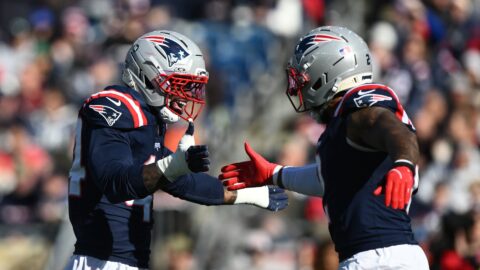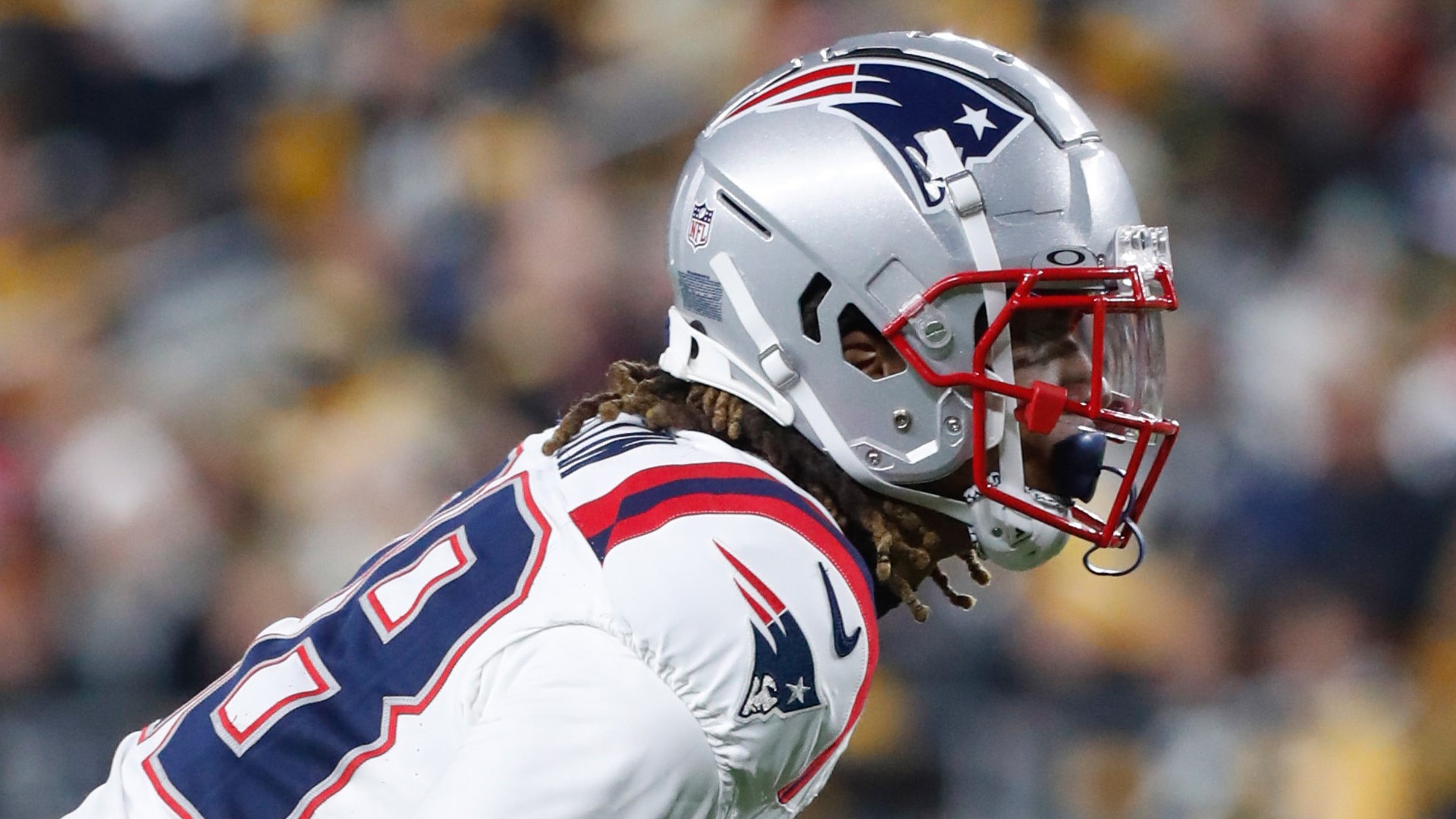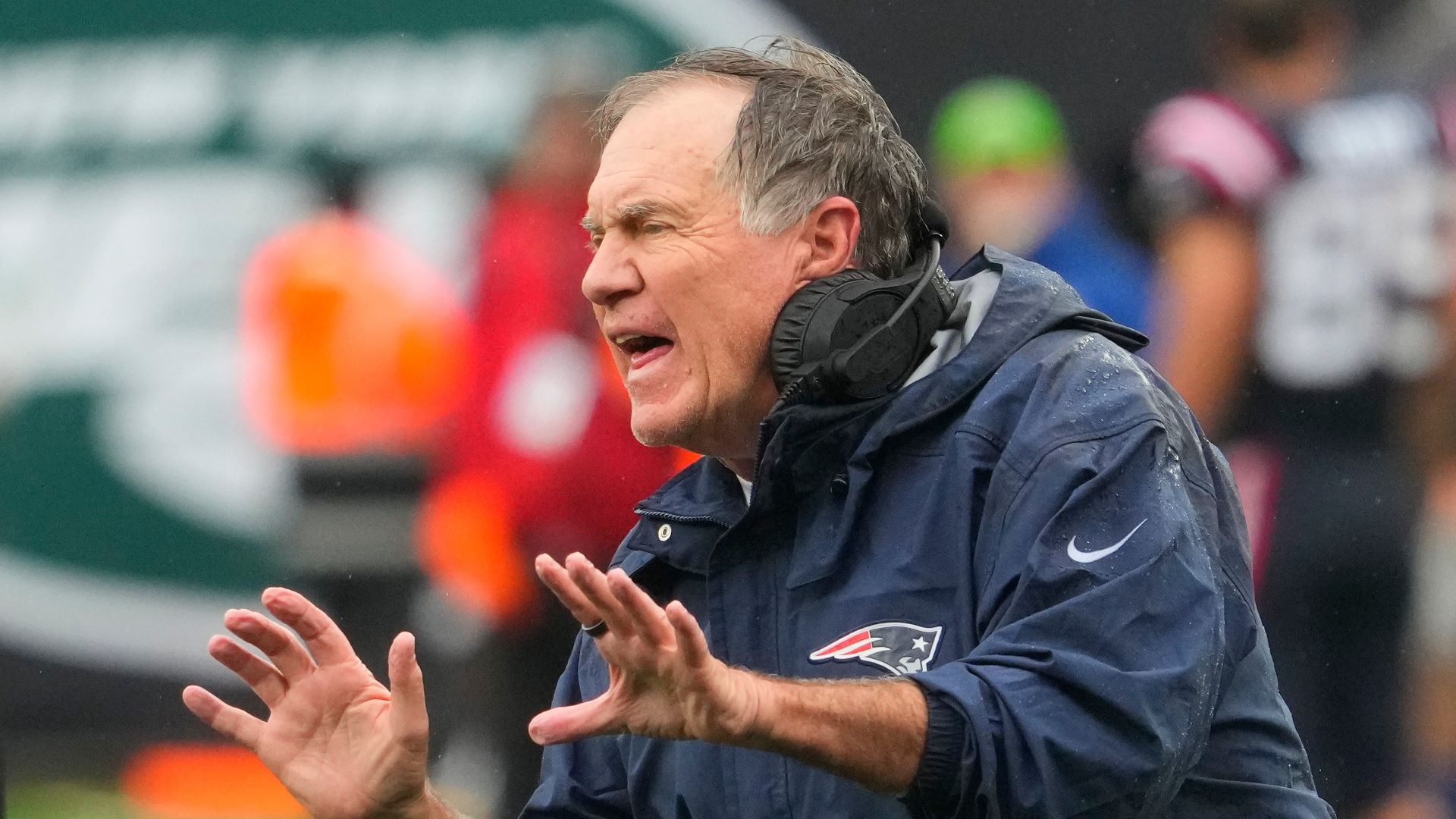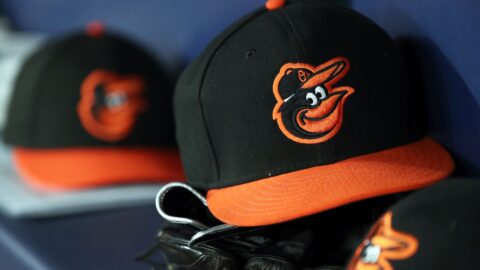For a guy who has led the Bruins in scoring in each of his first three seasons and was still the club’s highest point-per-game producer in an injury-plagued campaign last year, Marc Savard sure has a lot of people willing to pack his bags, drive him to the airport and send him on his way.
Despite agreeing to a cap-friendly seven-year deal in December with a full no-trade clause for the upcoming season, Savard has been the subject of countless trade rumors this offseason. While he enters August still a member of the club, the rumors continue to persist, largely because even with Savard on a relative bargain deal, the Bruins remain in need of further cap relief.
The reasons for trading Savard are easy to understand. The Bruins are already over the cap with top pick Tyler Seguin still to sign. They need to clear space, and if not now, then certainly before Marco Sturm is ready to come off long-term injured reserve in November. Of the players with big enough cap numbers to give the Bruins the space they need, Savard ($4.007 million cap hit) is the most likely to bring a solid return. And the Bruins potentially have the depth at center to survive without Savard with Patrice Bergeron, David Krejci and now Seguin capable of manning the pivot on the top three lines.
It’s a compelling case, but would trading Savard really be the right move for Boston?
This is a team that finished dead last in the NHL last season in scoring with 196 goals. Savard played in exactly half of Boston’s games last year, putting up 10-23-33 totals in 41 games while missing the other 41 with a broken foot, a sprained knee and a severe concussion. The Bruins scored 104 goals with Savard in the lineup (2.54 a game), and just 92 without him (2.24 a game).
While that might not look like a huge difference, consider that the Bruins played in 46 one-goal games last year and won just 19 of them. And only five of those wins came in regulation. Even in the playoffs, when a rusty Savard returned for the Philadelphia series, the Bruins offense received a boost, averaging 2.85 goals a game compared to 2.67 in the six-game victory against Buffalo.
The difference Savard made was even more dramatic on the power play, where the Bruins were a solid 21.7 percent (33-152) with him and a woeful 9.7 percent (11-113) without him. That 21.7 percent with Savard would have ranked third in the league over a full season, while the 9.7 percent wouldn’t have even come close to Toronto’s league-worst 14.0 percent. Can the Bruins afford to sacrifice that much on the power play with the NHL an increasingly special-teams driven league?
And would Savard’s departure put too much pressure on Seguin to produce right away? Perhaps Seguin, 18, would thrive with the increased ice time. But there’s also the strong possibility that he would be better served breaking in on the wing, where he would have less defensive responsibilities and could learn on a line with well-rounded veterans like Bergeron and Mark Recchi or develop chemistry on a scoring line with Savard or Krejci that wouldn’t have to match up against the opponents’ top lines.
There is risk in not moving Savard, as well. There’s no guarantee he will return to his pre-injury form or stay healthy this year. Not only is there the chance of another concussion, but at 33 Savard could be reaching the age when he’ll be spending as much time in the trainer’s room as he does on the ice, as last year's string of injuries indicate.
There’s also the question of how well he fits in with the current Bruins roster. This isn’t about any locker room discord or lingering issues about the too-many-men penalty in the playoffs. That speculation has been overblown and unwarranted. But on the ice, does Savard still fit well in this lineup?
He’s still an elite playmaker, but he hasn’t always clicked with or elevated the play of everyone he’s skated with. Savard shines when paired with premier talents like Jarome Iginla, Ilya Kovalchuk or even Phil Kessel, and has also worked well with Milan Lucic. But he struggled to develop any consistent chemistry with Sturm and Michael Ryder last year. Will new addition Nathan Horton prove the perfect running mate this year, or does he need an elite finisher – which Boston doesn’t possess – to be at his best?
The reality is that the Bruins might very well have to part ways with Savard if they want to keep Bergeron and Krejci around long-term and eventually move Seguin to center. But is now the best time to explore those options?
Savard’s value could go either way if they wait until next year to move him when Seguin has more seasoning. If he shows he’s fully recovered from the concussion and is back producing at a point-a-game pace, his value could skyrocket, especially because one of the big-money years on his heavily front-loaded contract will be off the books. But if he does struggle to stay healthy or fails to produce, then he’ll be a year older and would yield a far smaller return, if he could be moved at all.
It’s not going to be an easy decision for Peter Chiarelli, and not one to be made solely by the Bruins GM, as Savard has some control of his own fate with his no-trade clause. But this might be one time when some procrastination could be justified, as Chiarelli can wait on moving Savard until Seguin proves himself and find another way to shed salary. The Bruins should be in win-now mode after knocking on the door the last two years, and, right now, this team stands a much better chance of winning with Savard still in the mix.
NESN.com will answer one Bruins question every day in August.
Monday, Aug. 2: Will Milan Lucic be back at 100 percent and be a dominant physical presence again this year?



